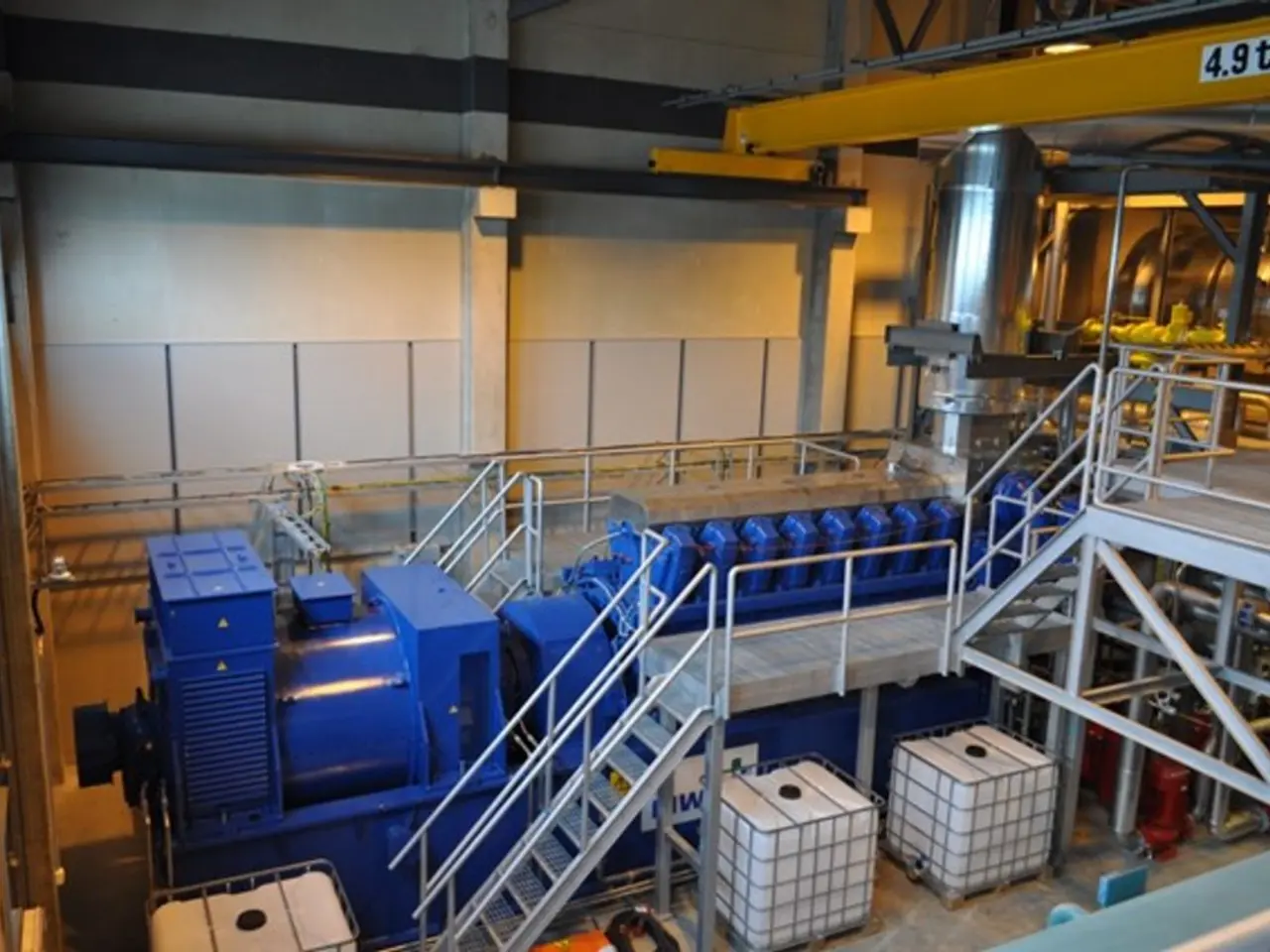Third-Party Logistics (3PL) explained, with definitions of First-Party Logistics (1PL), Second-Party Logistics (2PL), and Fourth-Party Logistics (4PL) detailed!
In the realm of logistics and supply chain management, four distinct parties play crucial roles: 1PL, 2PL, 3PL, and 4PL. Each of these parties handles a different level of logistics functions and responsibility.
1PL (First-Party Logistics) is when a company manages its own logistics internally. It directly controls the transportation of goods without outsourcing. For example, a business might manufacture, transport, and sell the product all by itself.
2PL (Second-Party Logistics) involves outsourcing basic logistics functions such as transportation or storage to specialized providers. The logistics operator handles transport fleets and/or warehouse storage, but the contracting company still controls and coordinates operations.
3PL (Third-Party Logistics) takes on more comprehensive responsibility, managing transportation, warehousing, inventory, and often fleet management. A 3PL provider integrates these services and coordinates the supply chain functions, often owning the warehouses and vehicles themselves.
4PL (Fourth-Party Logistics) acts as a strategic partner and logistics orchestrator. They oversee multiple 3PL providers and carriers and integrate technology systems to manage the entire supply chain end-to-end. Their services include vendor selection, analytics, network optimization, procurement, and freight cost management. They provide higher-level consultancy and supply chain intelligence beyond operational execution.
The following table offers a summary of the main roles, scopes, control levels, and example services for each party:
| Logistics Party | Main Role and Scope | Control Level | Example Services | |-----------------|----------------------------------|-----------------------------|---------------------------------------| | 1PL | Internal handling of logistics | Full internal control | Self-managed transport, warehousing | | 2PL | Outsourced transport or storage | Contracting company controls| Fleet management, storage | | 3PL | Outsourced, integrated management of logistics| Provider manages operations | Transportation, warehousing, inventory| | 4PL | Strategic supply chain orchestrator over 3PLs| Provider manages entire SC | End-to-end logistics, analytics, consulting |
As companies' logistics needs grow more complex, they often evolve from 1PL towards 3PL or 4PL to seek efficiencies through outsourcing and integrated management. 4PLs represent the highest level of supply chain integration and strategic oversight.
A 4PL, also known as a "lead logistics provider" or LLP, was first defined by Accenture in 1996. They typically use a technology solution to integrate the services of multiple 3PLs to manage a manufacturer or distributor's supply chain from end to end.
It's important to note that the terms 1PL, 2PL, and 4PL are less frequently used and may not be as well-known as the more common term, 3PL. Third Party Logistics (3PL) service providers can offer international courier services, international freight forwarding services, customs clearance services, and transportation services.
The concept of 4PL was introduced by Andersen Consulting (now Accenture). It's not uncommon for a 3PL organization to develop a 4PL solution that will manage both its own services and the services of other 3PLs. The definitions of 1PL and 2PL are based on the premise of how far removed the entity performing the logistics processes is from the original source of the finished product.
In the USA, legislation passed in 2008 defines a 3PL as "a person [or organization] who solely receives, holds, or otherwise transports a consumer product in the ordinary course of business but who does not take title to the product." This legislative definition highlights the unique role of 3PL providers in the supply chain.
- The 4PL, or Fourth-Party Logistics, acts as a strategic partner and oversees multiple 3PL providers and carriers, integrating technology systems to manage the entire supply chain end-to-end, offering services like vendor selection, analytics, network optimization, procurement, and freight cost management.
- A business might initially manage its own logistics internally (1PL), but as logistics needs grow more complex, they often evolve towards outsourcing and integrated management, moving from 1PL towards 3PL or 4PL.
- In the USA, a 3PL, or Third-Party Logistics, organization, as defined by legislation passed in 2008, is a person or organization who solely receives, holds, or transports a consumer product in the ordinary course of business but does not take title to the product, highlighting their unique role in the supply chain.
- Technology plays a significant role in logistics and supply chain management, with 4PLs typically using a technology solution to integrate the services of multiple 3PLs, enabling end-to-end logistics management. This technology-driven approach allows for higher levels of supply chain intelligence and consultancy.




